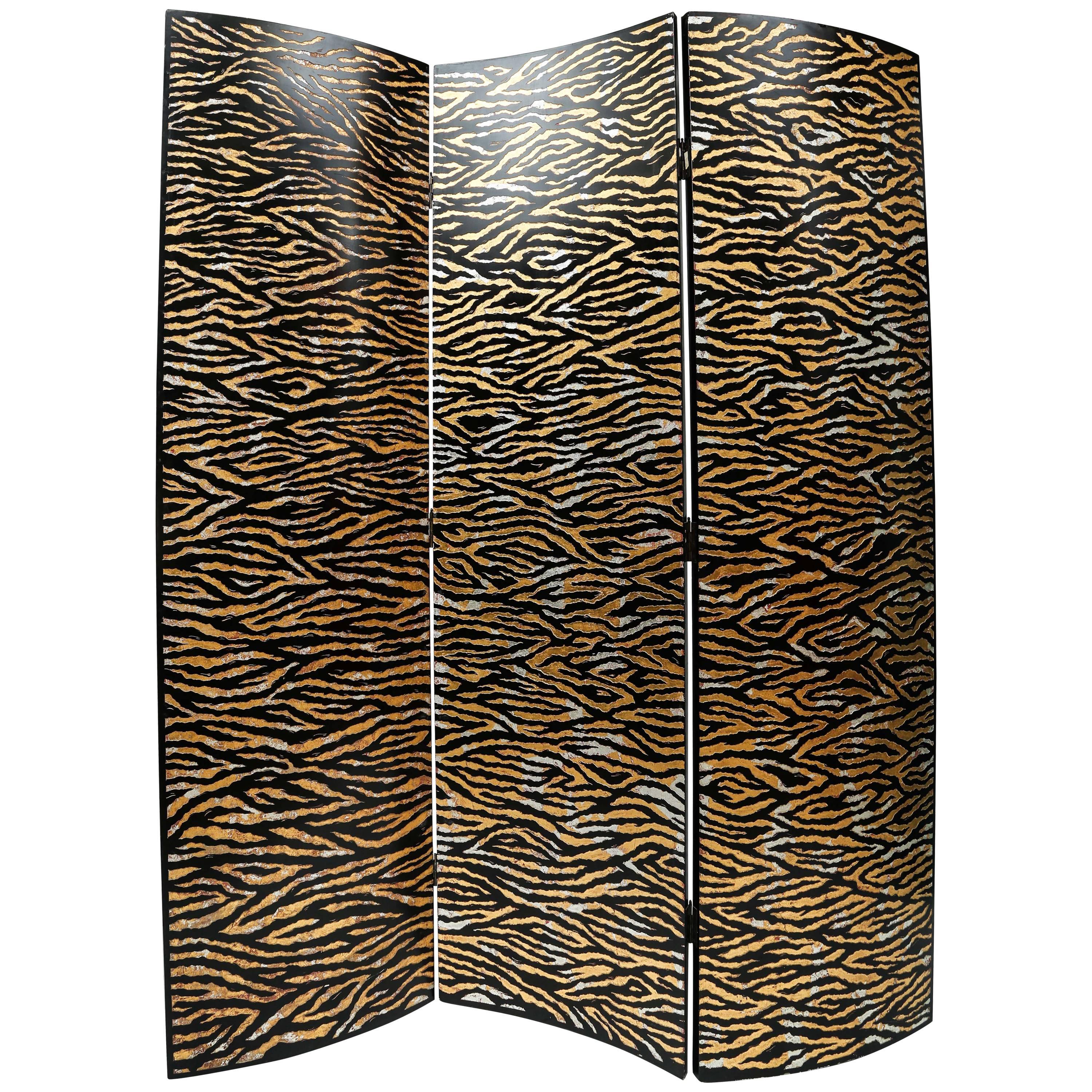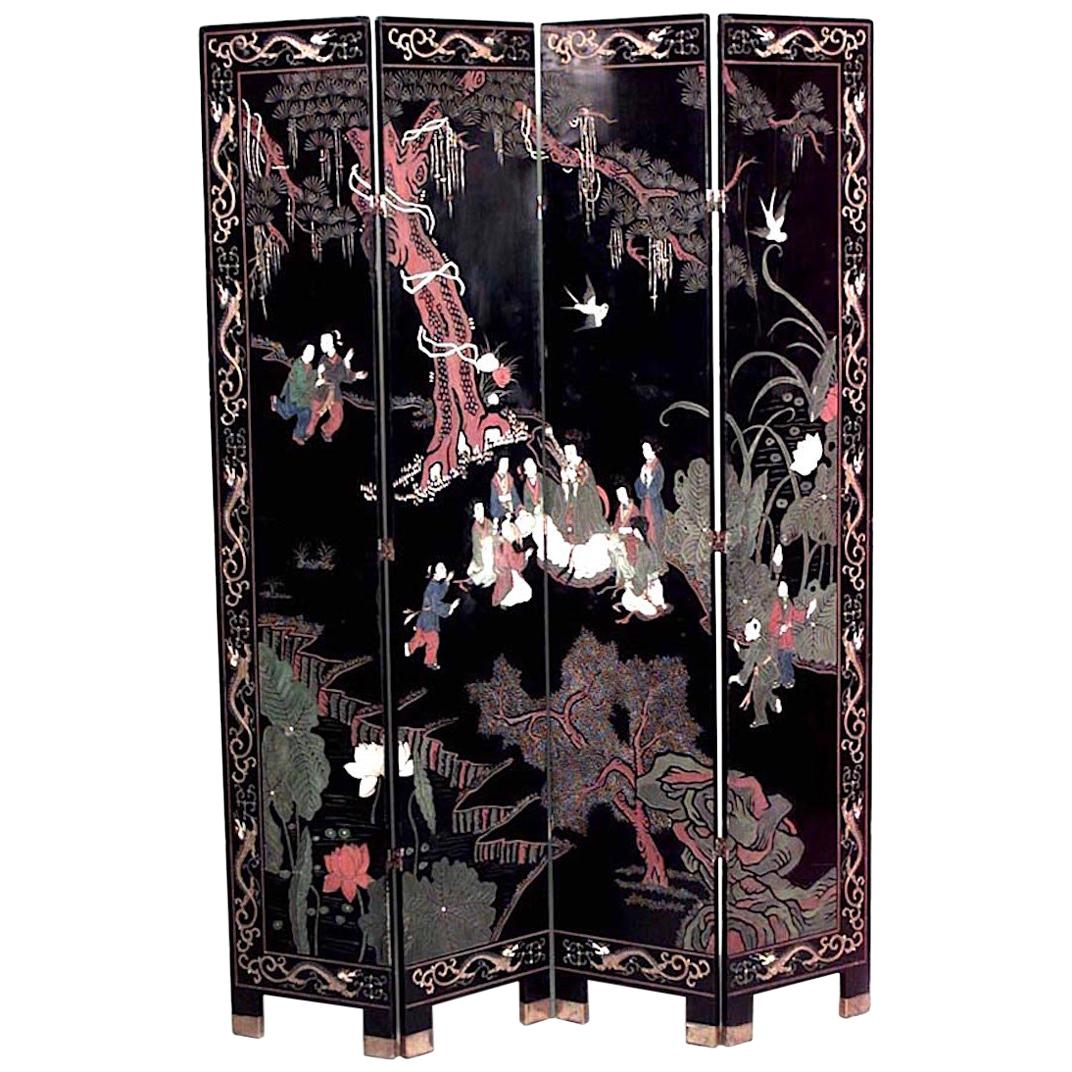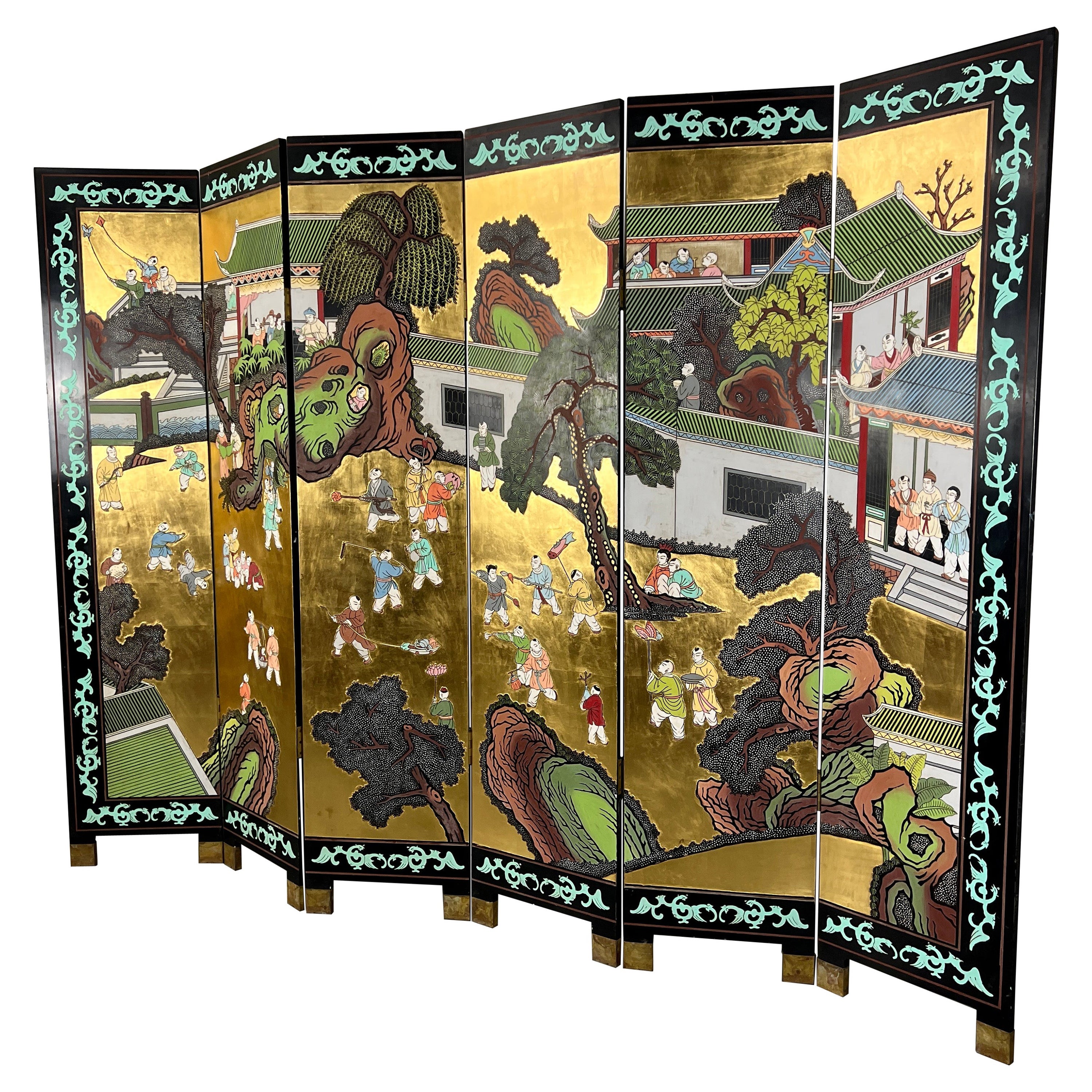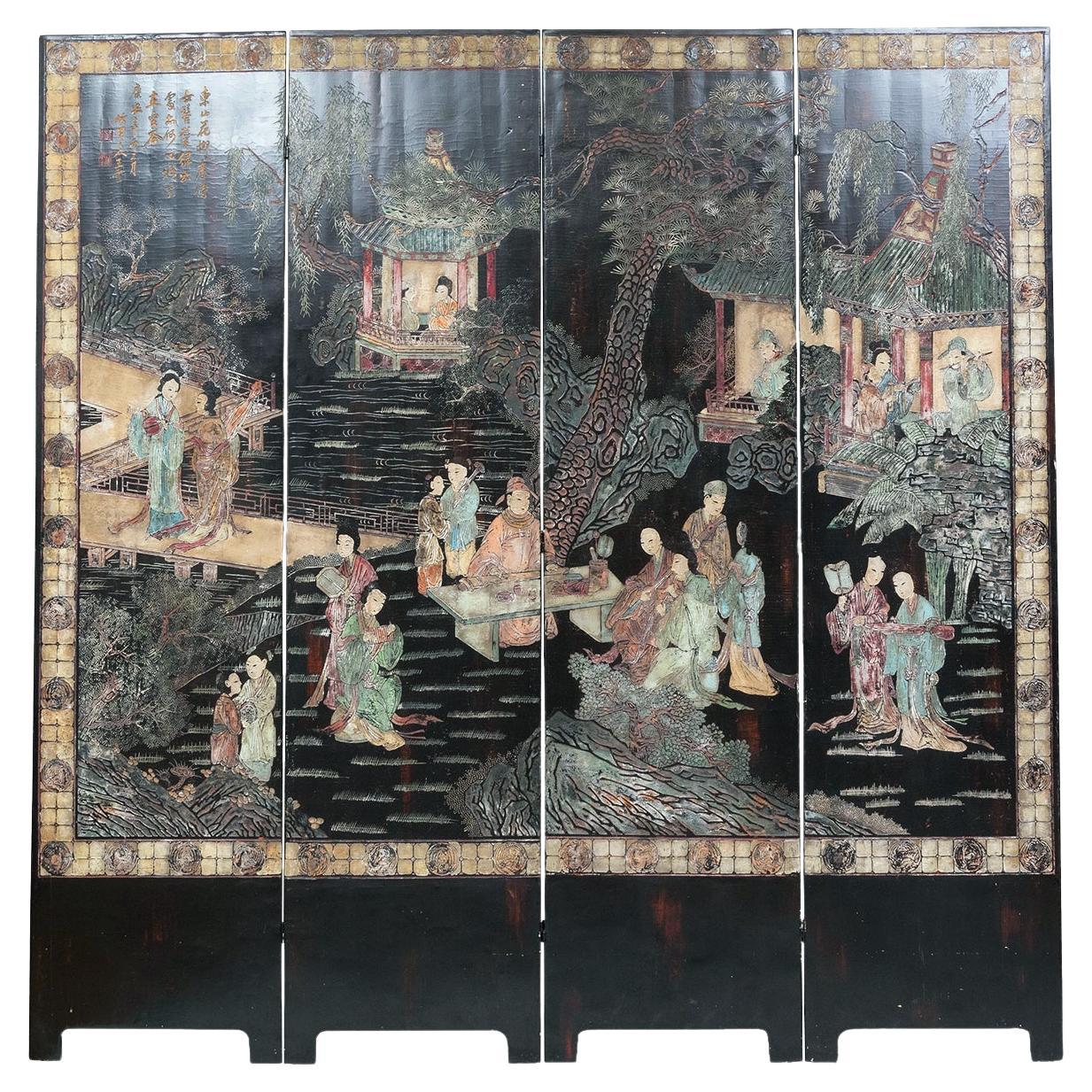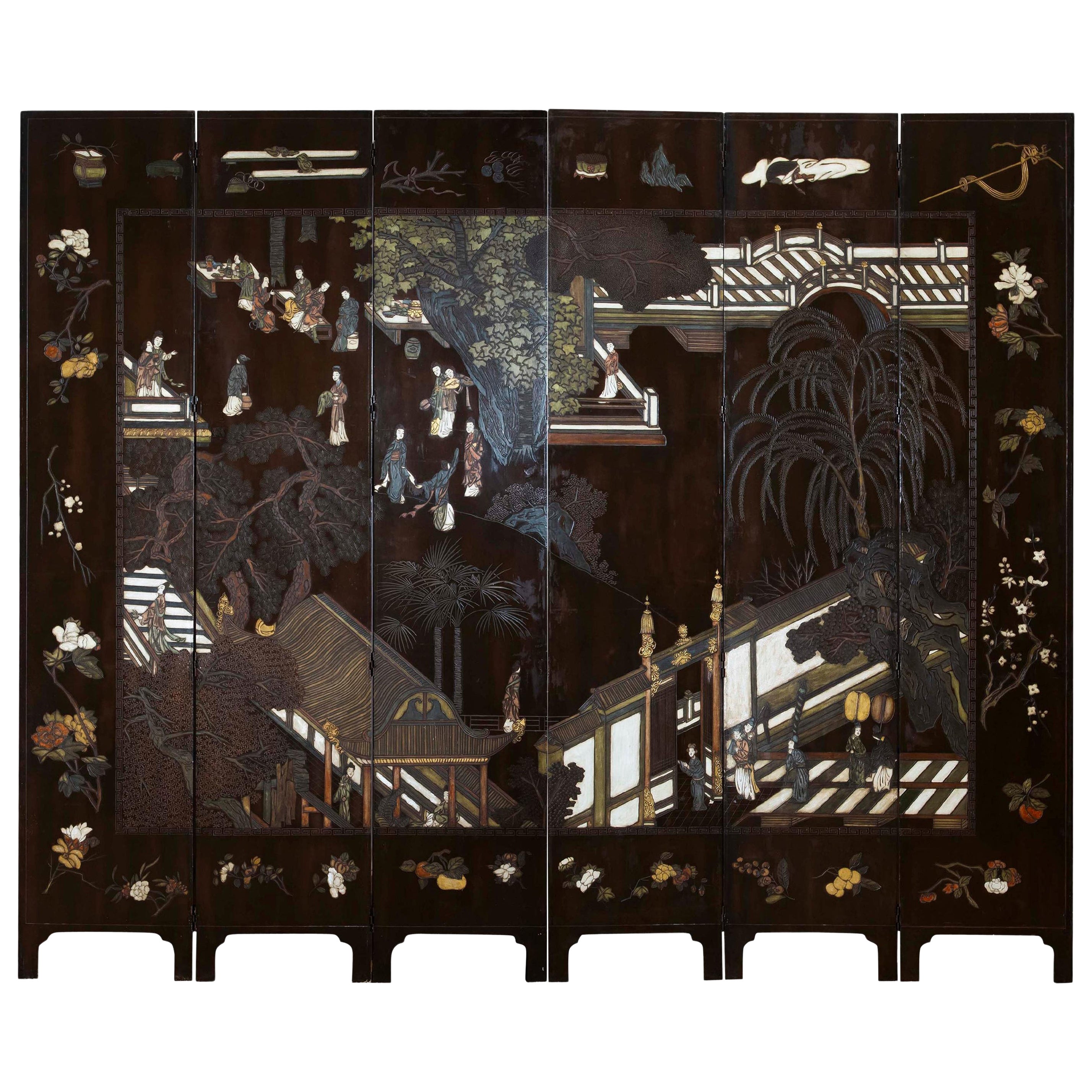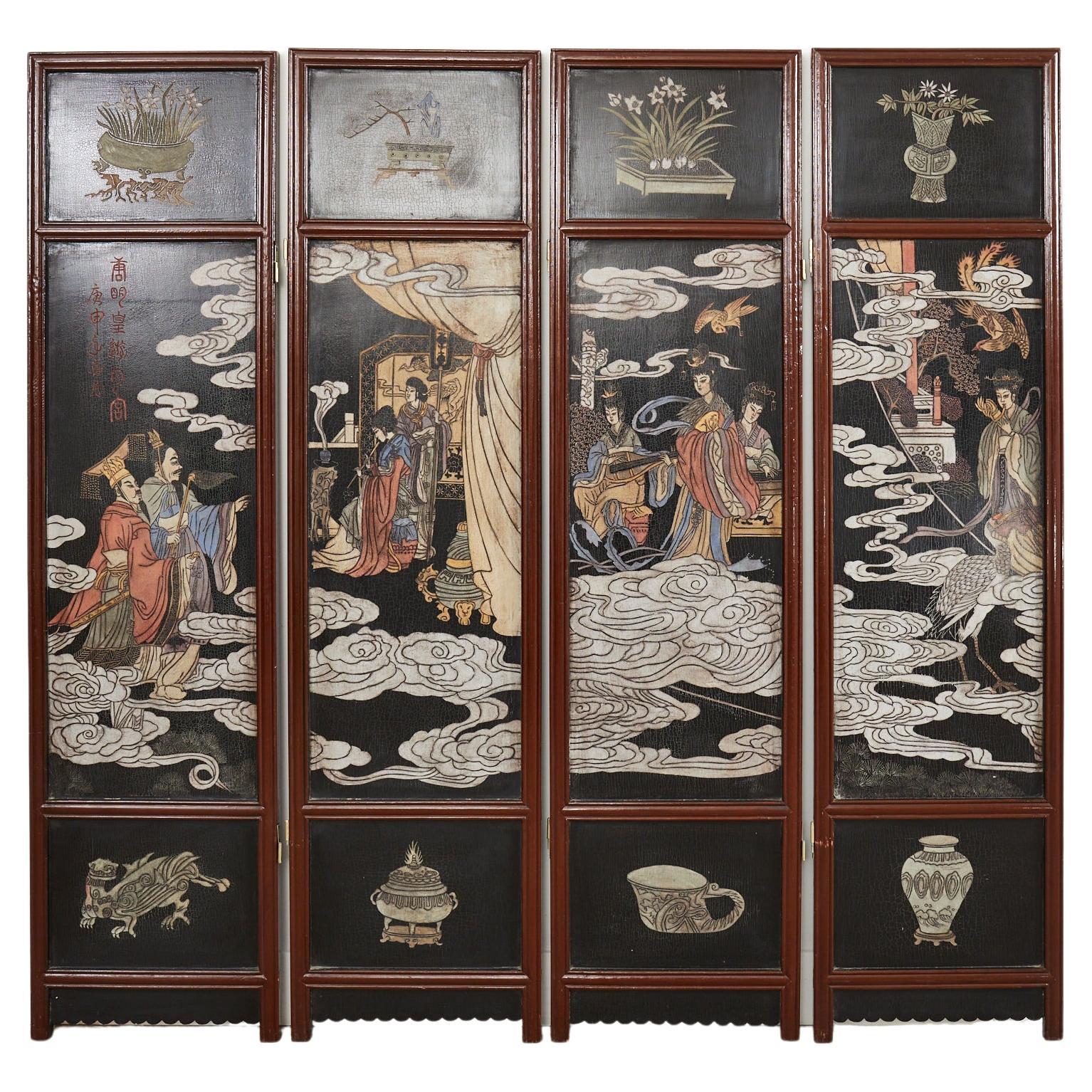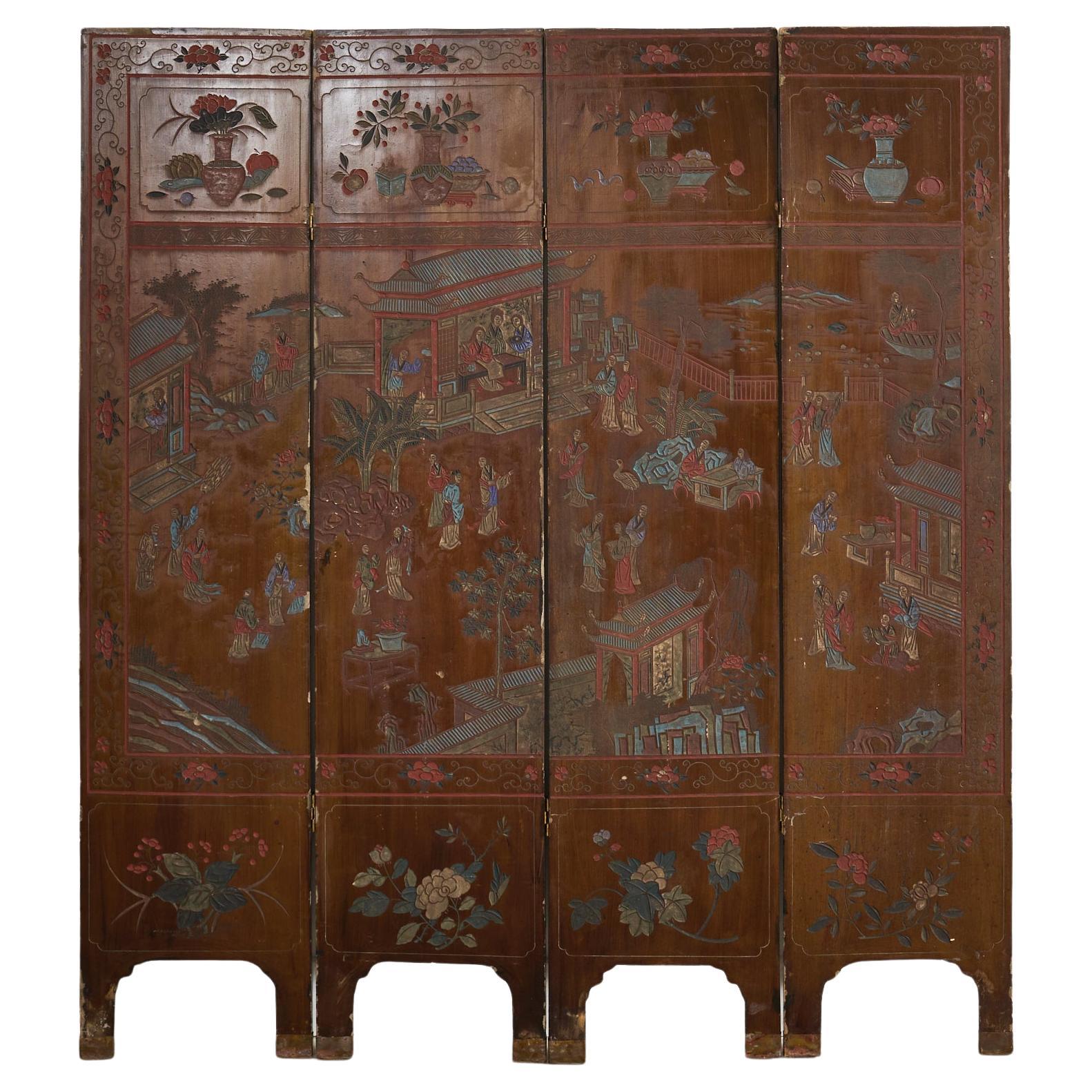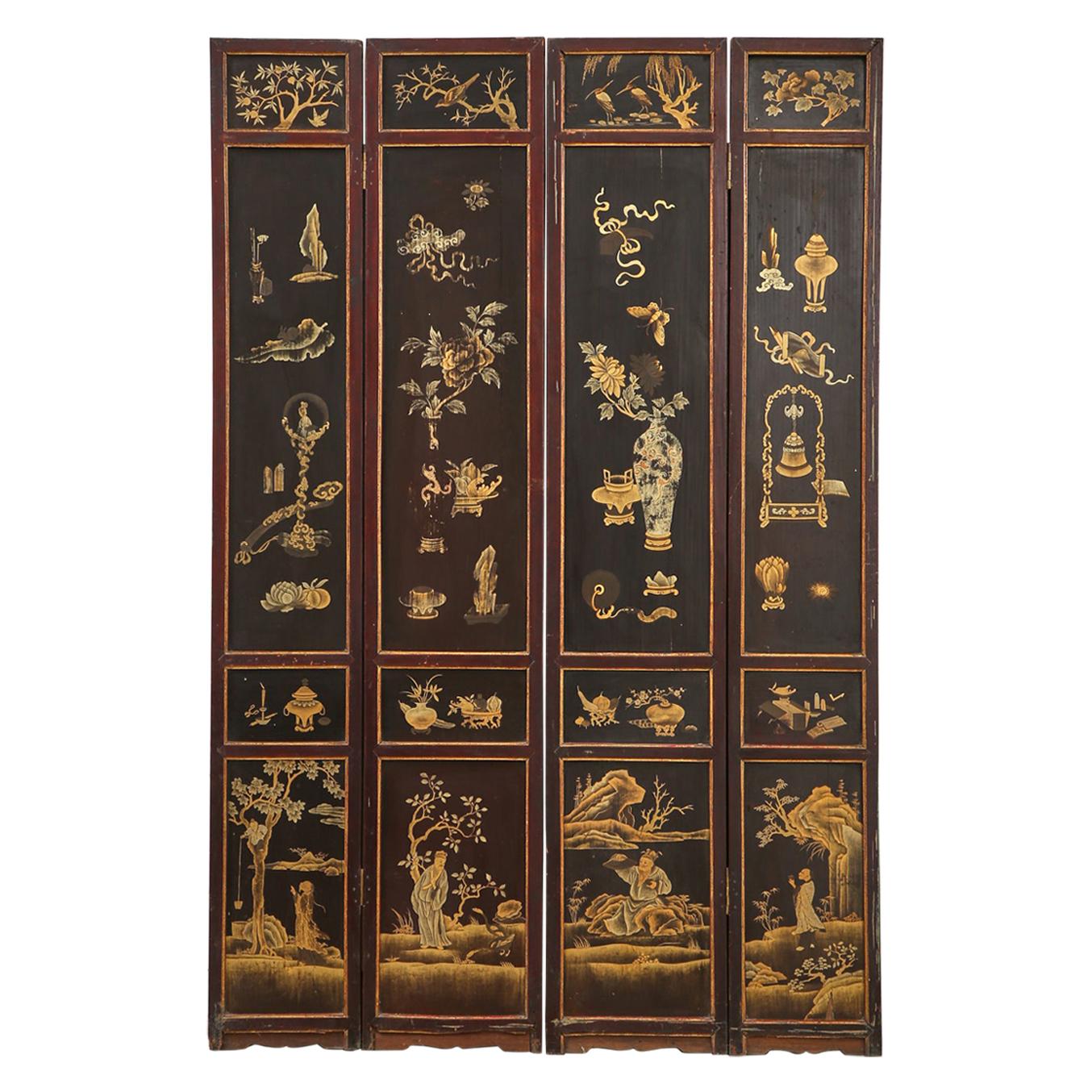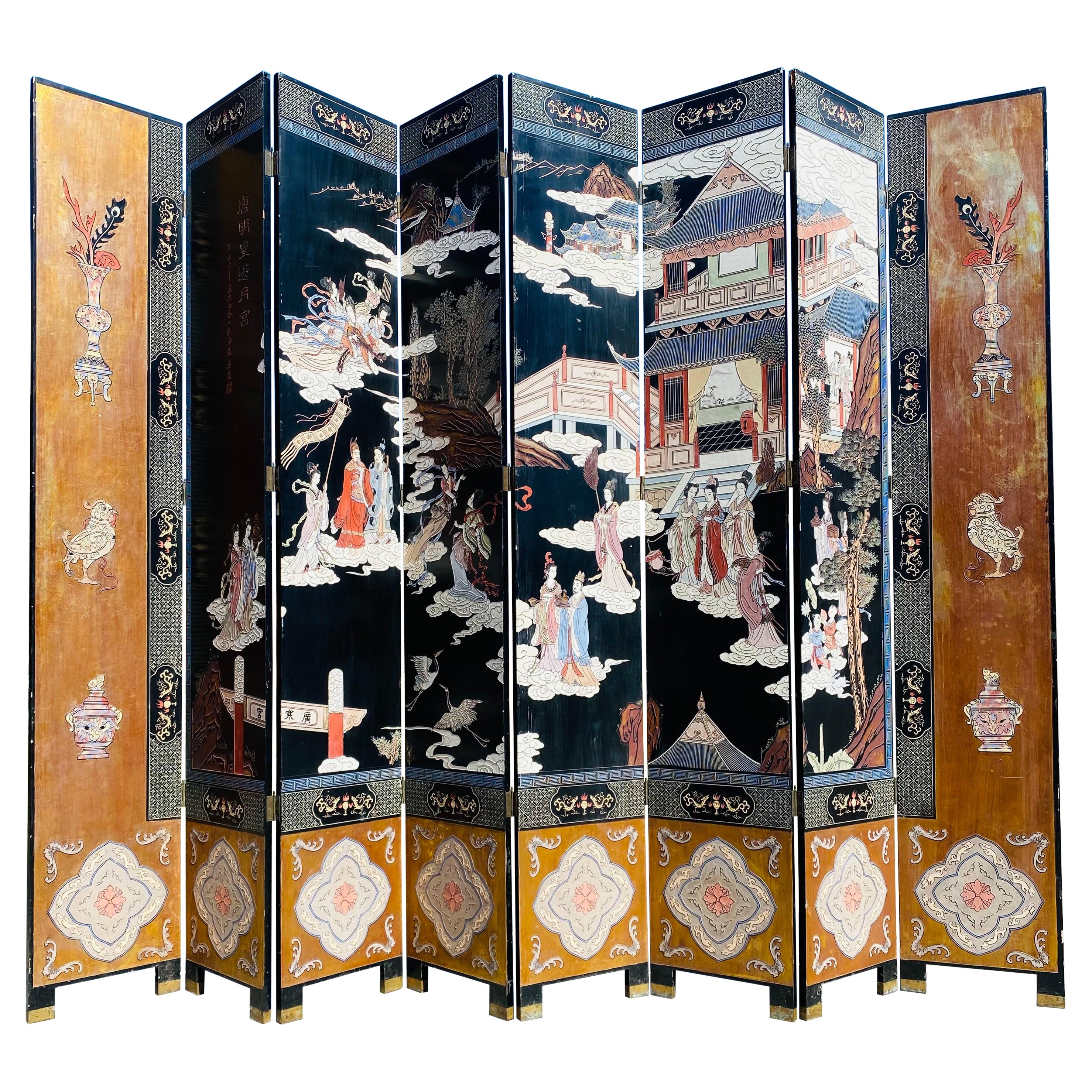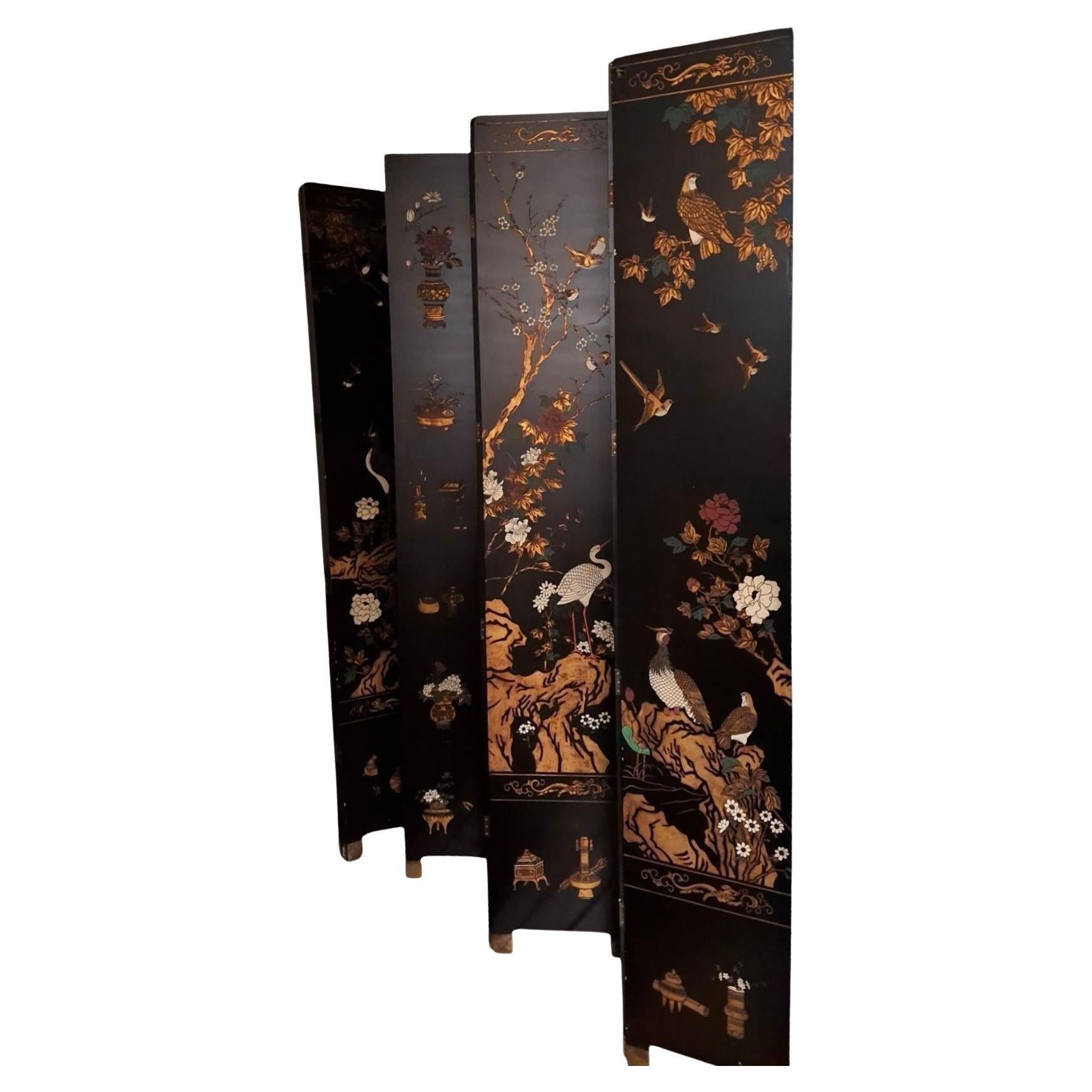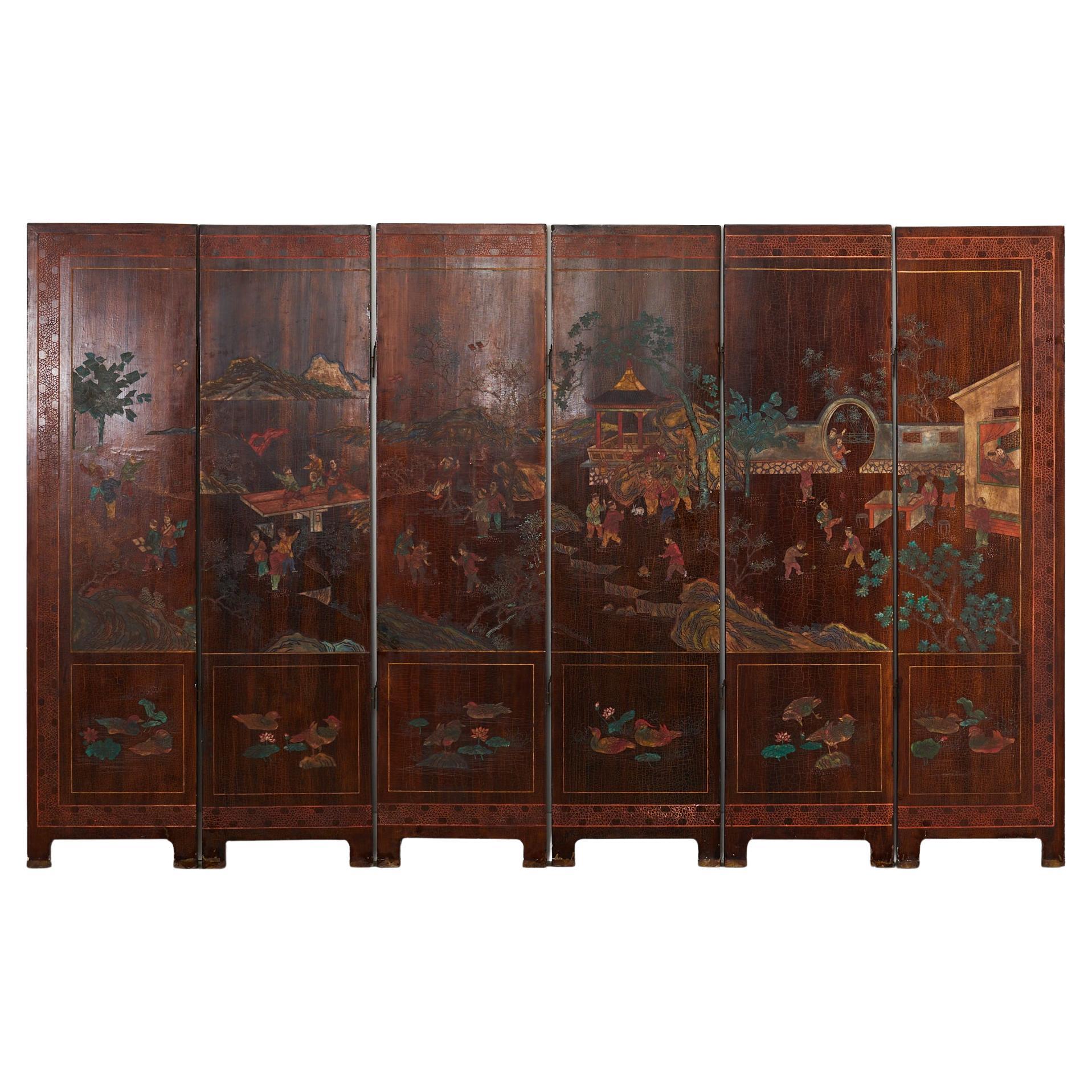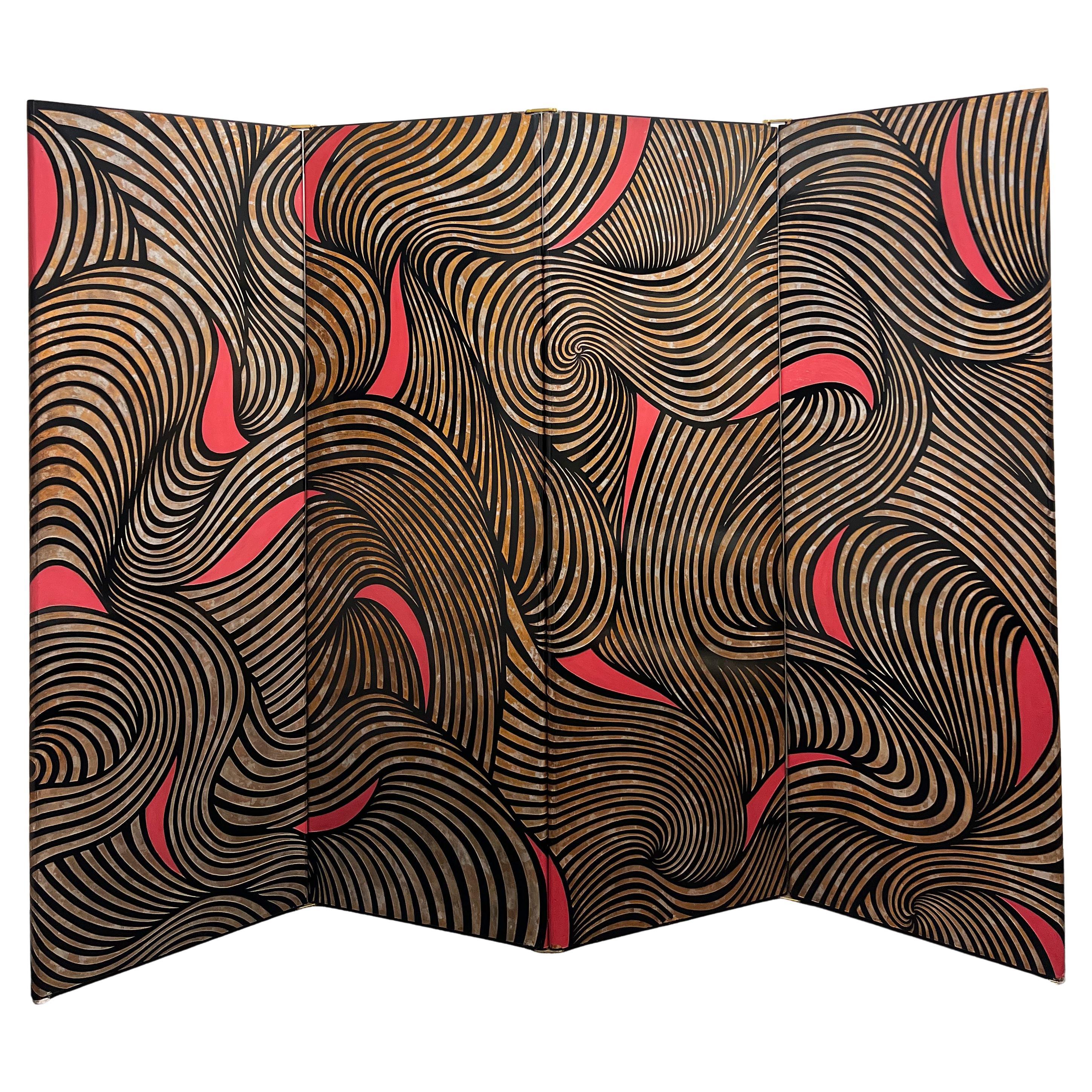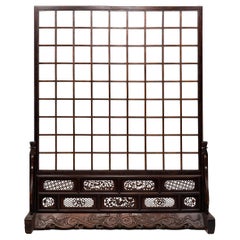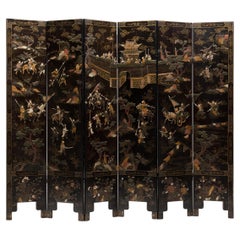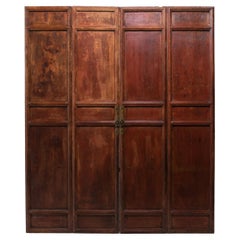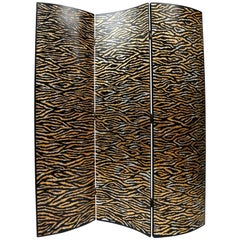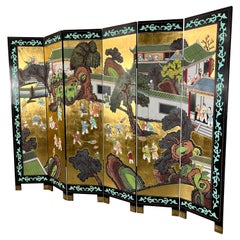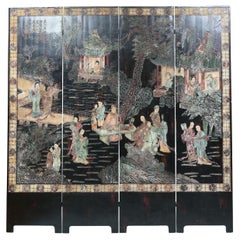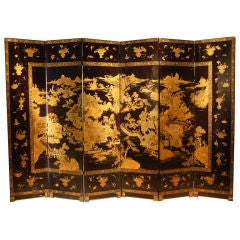
Coromandel Screen
View Similar Items
Want more images or videos?
Request additional images or videos from the seller
1 of 2
Coromandel Screen
About the Item
Pagoda Red Collection #: BTF056
Keywords: Screen, folding, room divider
- Dimensions:Height: 86 in (218.44 cm)Width: 132 in (335.28 cm)
- Materials and Techniques:
- Place of Origin:
- Period:
- Date of Manufacture:18th century
- Condition:Good, some chipping and flaking of lacquer.
- Seller Location:Chicago, IL
- Reference Number:Seller: BTF0561stDibs: U11011782001072
About the Seller
5.0
Platinum Seller
Premium sellers with a 4.7+ rating and 24-hour response times
Established in 1997
1stDibs seller since 2006
1,666 sales on 1stDibs
Typical response time: 1 hour
Authenticity Guarantee
In the unlikely event there’s an issue with an item’s authenticity, contact us within 1 year for a full refund. DetailsMoney-Back Guarantee
If your item is not as described, is damaged in transit, or does not arrive, contact us within 7 days for a full refund. Details24-Hour Cancellation
You have a 24-hour grace period in which to reconsider your purchase, with no questions asked.Vetted Professional Sellers
Our world-class sellers must adhere to strict standards for service and quality, maintaining the integrity of our listings.Price-Match Guarantee
If you find that a seller listed the same item for a lower price elsewhere, we’ll match it.Trusted Global Delivery
Our best-in-class carrier network provides specialized shipping options worldwide, including custom delivery.More From This Seller
View AllMonumental Chinese Lattice Spirit Screen, c. 1850
Located in Chicago, IL
Single-panel standing screens have been prevalent in fine Chinese interiors since as early as the Tang dynasty (618-906) and were used to section off a room, shield against bad spiri...
Category
Antique Mid-19th Century Chinese Qing Paintings and Screens
Materials
Elm, Pine
Chinese Six Panel Inlaid Folding Screen of Courtyards & Cavalry, c. 1900
Located in Chicago, IL
This magnificent six-panel Chinese folding screen depicts a lively battle scene with gilt brushwork and fine inlay of soapstone, agate, jade, jasper, mother-of-pearl and bone. The sc...
Category
Early 20th Century Chinese Qing Screens and Room Dividers
Materials
Multi-gemstone
Set of Four Chinese Courtyard Door Panels, c. 1850
Located in Chicago, IL
A hallmark of Chinese architecture, tall door panels such as these were used in provincial courtyard homes to easily open up a room to the outdoors. Designed with solid wood panels instead of lattice windows, these door panels were likely installed facing the street, used to protect the home rather than provide decoration. The doors were originally linked by hinges set in opposite directions, allowing the doors to fold upon themselves as they open. Instead of the elaborate carvings often found on Qing-dynasty doors...
Category
Antique Mid-19th Century Chinese Qing Doors and Gates
Materials
Brass
Korean Wedding Chest, c. 1920
Located in Chicago, IL
This lacquered wedding chest dates to the early 20th century and was likely originally used as a bridewealth chest during a traditional Korean wedding ceremony. The exterior is finished with red and black lacquer and decorated with two round medallions conveying blessings of luck and longevity. The chest opens from the top, secured with a brass lock plate in the form of a butterfly, a traditional symbol of a life of prosperity and joy. Vintage newsprint...
Category
Early 20th Century Korean Trunks and Luggage
Materials
Brass
Korean Wedding Chest, c. 1920
Located in Chicago, IL
This lacquered wedding chest dates to the early 20th century and was likely originally used as a bridewealth chest during a traditional Korean wedding ceremony. The exterior is finished with red and black lacquer and decorated with two round medallions conveying blessings of luck (?) and longevity (?). The medallions are surrounded by raised decoration resembling folk paper-cuts in the shape of floral wreaths and phoenixes. The chest opens from the top, secured with a brass lock plate in the form of a butterfly, a traditional symbol of a life of prosperity and joy. Vintage newsprint...
Category
Early 20th Century Korean Trunks and Luggage
Materials
Brass
Chinese Finely Woven Lacquered Trunk, c. 1800
Located in Chicago, IL
A work of art in itself, this finely woven Qing-dynasty trunk likely once stored prized painted scrolls. Framed in elmwood, the trunk’s panels are lined with thin reeds that were pai...
Category
Antique Early 19th Century Chinese Qing Trunks and Luggage
Materials
Brass
You May Also Like
Coromandel Screen
Located in West Palm Beach, FL
Amazing metalic screen.
Category
Vintage 1970s American Screens and Room Dividers
Materials
Gold Leaf, Silver Leaf
$5,500
2 Chinese Coromandel 4-Fold Screens
Located in Queens, NY
2 Asian Chinese style (20th Century) black coromandel 4 fold screens with scene with people on one side and floral & bird design on back. (PRICED EACH)
Category
20th Century Chinese Export Screens and Room Dividers
$5,800 / item
Six-Panel Coromandel Asian Screen
Located in Denton, TX
Six-panel double sided Coromandel Asian Screen lacquered in gold on one side and black on the other. The subject matter on the gold side is a festival and ...
Category
Mid-20th Century Chinese Screens and Room Dividers
Materials
Gold Leaf
Antique Chinese Coromandel Four Panel Screen
Located in New York, NY
Lovely antique Chinese four-panel screen, crafted most likely in the 19th century. Composed of exquisite coromandel wood, the panels depict a bustling scene from a Chinese village wi...
Category
Antique 19th Century Chinese Screens and Room Dividers
Materials
Wood
Large Antique Coromandel or Kuancai Lacquer Screen
Located in Richmond, London
A superbly decorative six-panel lacquered 'Coromandel' screen, exquisitely carved and hand-painted with oriental figures, flowers and exotic beasts on a dark brown background, in the traditional 17th century manner.
Late 19th – early 20th century.
Why we like it
We like its impressive proportions which make it perfect for a feature wall, and the exquisite quality of decoration. The subtlety of colours lends a 'soft' look to the piece. The central motif depicts a scene set in the gardens of a Han dynasty palace, while the outer borders are decorated with the “one hundred antiques” motif interspersed with floral arrangements. In this regard, the present screen not only conveys auspicious meanings but also demonstrate the owner’s fine scholarly taste.
History
The term 'Coromandel', which is used to describe this particular type of lacquer technique (kuancai), is rather misleading. In the 18th century it was used commercially to indicate the place from which these objects were shipped to England through the East India Companies, and had no reference to China, the place of their origin. Similarly, Chinese painted wallpaper was often called 'India paper' in historic documants.
The kuancai lacquer technique, literally meaning “cut out colour” and found almost exclusively on screens, emerged in the 16th century to serve the domestic market. The iconographic elements were carved through the built-up coats of dark lacquer and filled with pigments and gold. Seventeenth century examples usually consisted of twelve panels, and were often employed in entrance halls or as room dividers or windscreens for gardens and terraces. They were often commissioned as gifts and depicted court scenes, episodes from the world of the immortals, panoramic or landscape views and auspicious symbols. This type of lacquerware was flourishing during the reign of the Kangxi emperor (1662-1722) and saw a revival in the 19th century.
Stylistically the present screen may be compared with the twelve-panel lacquer screen from the Kangxi period in the Victoria and Albert Museum illustrated by W. De Kesel and G. Dhont in Coromandel Lacquer Screens, ill. 23, pps 36-37.
Such luxurious items were popular in England during the height of fashion for oriental exoticism, called chinoiserie in Europe. In the 20th century, Coromandel screens still remained a staple in the European interior design. Coco Chanel had a collection of 32 rare Coromandel screens, which she proudly displayed in her home at 31 Rue Cambom, Paris. She one...
Category
Early 20th Century Asian Chinoiserie Screens and Room Dividers
Materials
Wood, Lacquer
Chinese Export Four Panel Lacquered Coromandel Screen
Located in Rio Vista, CA
Celestial Chinese export coromandel four-panel screen depicting figures in colorful robes in a heavenly landscape among the white clouds. Eac...
Category
20th Century Chinese Chinese Export Paintings and Screens
Materials
Brass
Recently Viewed
View AllMore Ways To Browse
Green And Orange Art Deco Rugs
Handmade Irregular Handmade Rug
Indian Mahal Rug
Indian Solid Silver
Inlaid Mahogany Console Table
Italian Round Table Inlay
Italian Sculpture Bench
Karl Springer Glass Coffee Table
Kartell 1970s
Knoll Vintage Office Chair
Kpm Painted Plaques
Leather Club Dining Chair
Lounge Chair Set Italy 1960s
Mansour Modern
Marble Top Plant Table
Meissen Green
Metal Duck
Metal Legs And Drawer Desk
